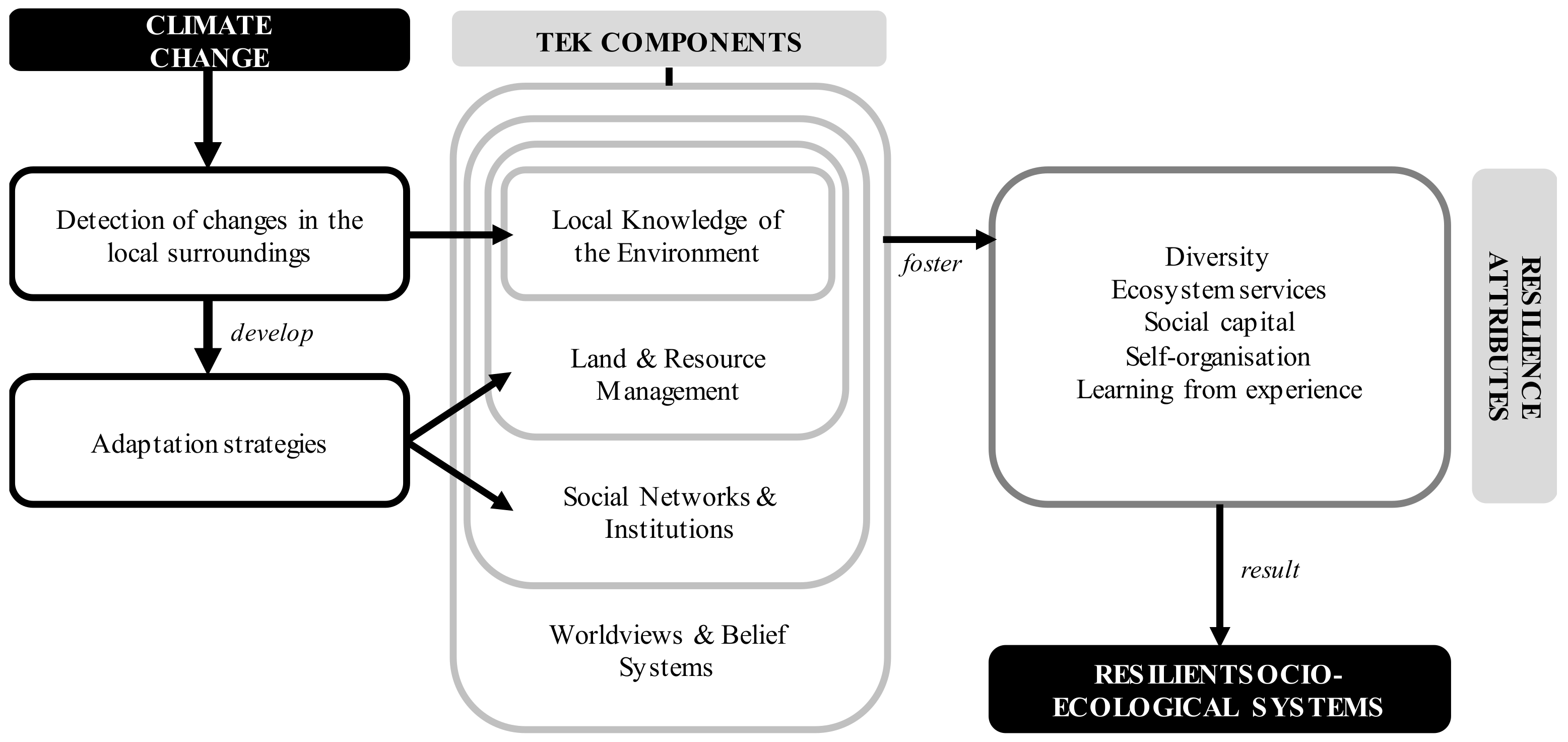Introduction:
Climate change is not a distant threat; it’s happening now. Rising temperatures, extreme weather events, and sea-level rise are just some of the consequences of our changing climate. The impacts of climate change are not only environmental but also social and economic. To address these challenges and protect our communities, we must focus on climate change adaptation and building resilience.
Understanding Climate Change Adaptation:
Climate change adaptation refers to the strategies and actions taken to reduce the vulnerability of communities and ecosystems to the impacts of climate change. It involves adjusting to new climate conditions, reducing risks, and enhancing the capacity to respond effectively to climate-related challenges. Adaptation is a proactive approach to managing the effects of climate change rather than merely reacting to them.
The Importance of Building Resilient Communities:
Resilience is the ability of a community to withstand shocks and stresses, recover quickly from disasters, and adapt to change. Building resilient communities is essential in the face of climate change because it ensures that communities can bounce back from extreme events and continue to thrive.
Here are some key reasons why building resilience is crucial:
Reduced Vulnerability: Resilient communities are better equipped to withstand the impacts of climate change. They are less vulnerable to damage from floods, hurricanes, heatwaves, and other extreme events.
Economic Stability: Resilient communities are more economically stable. They can recover more quickly from disasters, minimizing the long-term economic impacts of climate-related events.
Social Cohesion: Building resilience fosters community cohesion. When people work together to prepare for and respond to climate challenges, it strengthens social bonds and encourages cooperation.
Environmental Sustainability: Resilience goes hand in hand with environmental sustainability. By adapting to climate change, communities can reduce their environmental footprint and protect natural resources.
Strategies for Climate Change Adaptation:
Building resilient communities involves a range of strategies and actions. Here are some effective approaches to climate change adaptation:
Infrastructure Upgrades: Invest in resilient infrastructure such as flood defenses, stronger buildings, and improved drainage systems to withstand extreme weather events.
Early Warning Systems: Develop and implement early warning systems to alert communities to impending disasters, giving them time to prepare and evacuate if necessary.
Natural Resource Management: Implement sustainable natural resource management practices to protect ecosystems, which in turn can provide natural buffers against climate impacts.
Community Education: Educate community members about climate change, its impacts, and how they can take action to reduce their vulnerability.
Green Spaces: Create green spaces within communities, which can help reduce urban heat islands and provide recreational areas.
Local Agriculture: Promote local agriculture and food production to reduce dependence on long supply chains and ensure food security during climate-related disruptions.
Case Studies in Resilience:
Let’s take a look at a couple of case studies that highlight successful climate change adaptation and resilient community-building efforts:
- The Netherlands – Flood Management: The Netherlands is known for its innovative approach to flood management. They have built an extensive system of dikes, levees, and floodgates to protect low-lying areas from sea-level rise. Additionally, they’ve embraced “room for the river” strategies, allowing controlled flooding in certain areas to protect downstream communities.
- Portland, Oregon – Urban Heat Island Mitigation: Portland has implemented a range of initiatives to combat urban heat islands. They’ve increased the number of green roofs, expanded tree canopies, and established cooling centers to protect vulnerable populations during heatwaves. These actions have not only reduced the urban heat island effect but also improved overall community well-being.
Conclusion:
Climate change is a global challenge that requires local solutions. Building resilient communities through climate change adaptation is not only necessary but also beneficial. By taking proactive steps to reduce vulnerability, communities can protect their residents, economies, and natural environments. It’s time to recognize that resilience is a key component of a sustainable and prosperous future. Together, we can adapt to the changing climate and build a more resilient world for generations to come.





